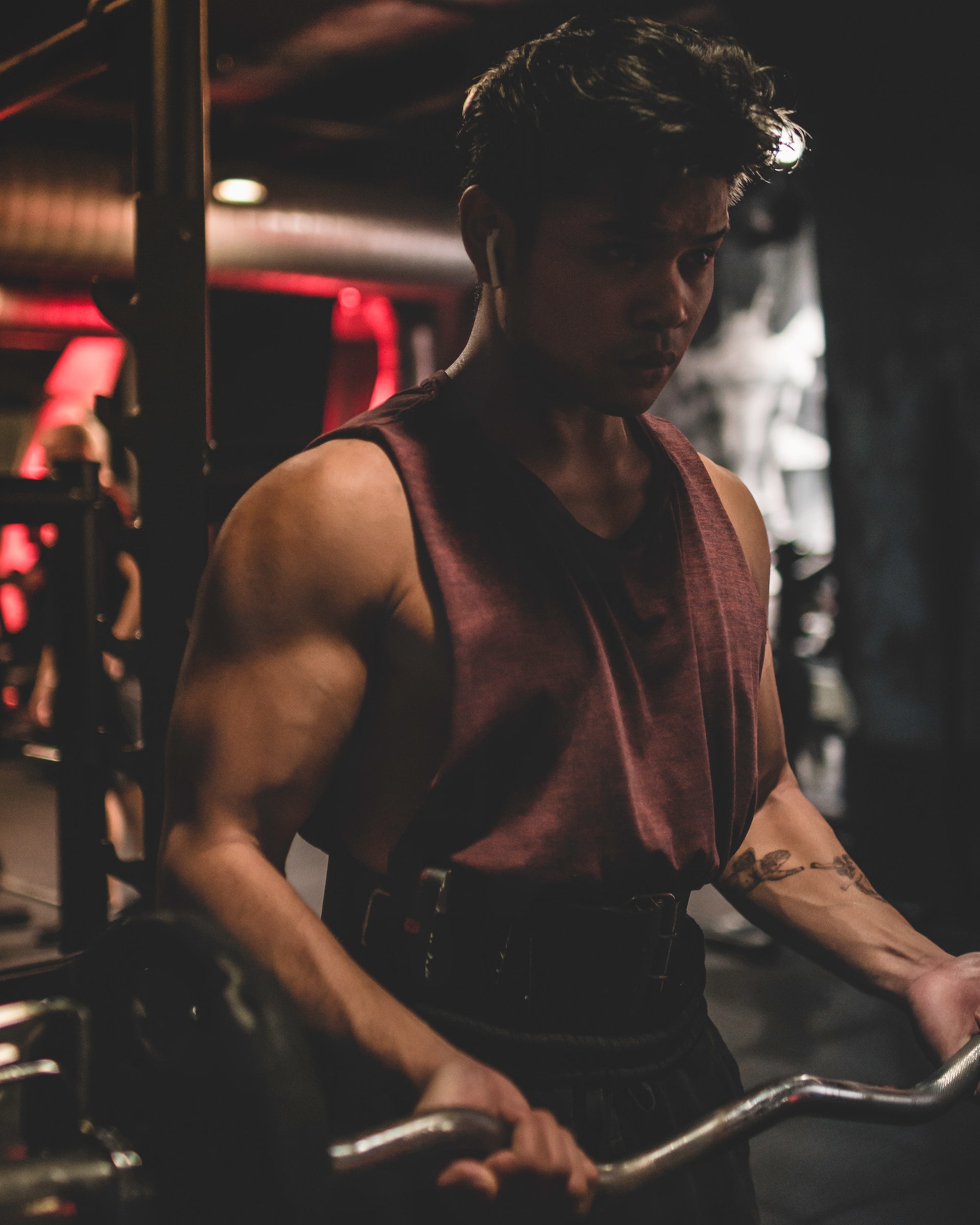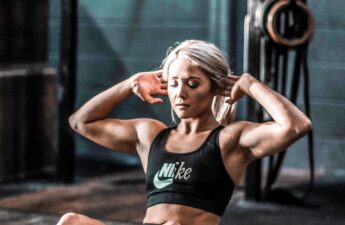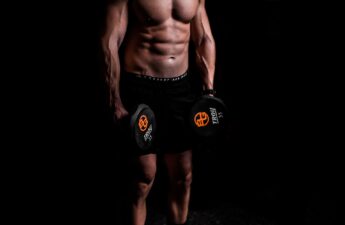Contents
BICEPS Introduction
The BICEPS Journey When it comes to fitness, one of the most iconic and visually striking muscle groups in the human body is the biceps. The biceps, known for their impressive appearance when flexed, have long been a symbol of strength and athleticism. In this comprehensive guide, we will embark on a journey to understand the role of BICEPS in your body, why focusing on them is crucial for fitness enthusiasts, and delve into the intricate details of their anatomy, growth, and maintenance.
Understanding the Role of BICEPS in Your Body
Before we dive into the specifics of bicep training, it’s essential to understand the role these muscles play in your body. The biceps brachii, commonly referred to as the biceps, are located in the upper arm and consist of two heads: the long head and the short head. These muscles are responsible for a range of movements at the elbow joint, including flexion and supination of the forearm.
Why Focusing on BICEPS is Crucial for Fitness Enthusiasts
For fitness enthusiasts, especially those aiming to build a well-rounded physique, focusing on the biceps is paramount. Well-developed biceps not only contribute to the aesthetics of your arms but also play a crucial role in functional strength. Whether you’re lifting weights, performing everyday tasks, or engaging in sports, strong biceps are essential for various movements.
Anatomy Unveiled: Inside the BICEPS
To truly optimize your bicep training, it’s essential to understand the intricate anatomy of these muscles. Let’s take a closer look at the structure of the biceps brachii:
Exploring the Muscle Structure: Biceps Brachii
The biceps brachii consists of two distinct heads: the long head and the short head. The long head originates from the scapula, while the short head originates from the coracoid process of the scapula. Both heads converge into a single tendon that attaches to the radius bone of the forearm.
The Two Heads of the BICEPS: Functions and Facts
Each head of the biceps serves a unique function. The long head is primarily responsible for shoulder flexion, while the short head contributes more to elbow flexion. Understanding these functions is crucial when designing a comprehensive bicep training program.
The Science of Growth: How BICEPS Develop
Building impressive biceps involves understanding the science behind muscle growth, also known as hypertrophy. Let’s delve into the details of how your biceps grow and ways to optimize this process.
Muscle Hypertrophy Explained
Muscle hypertrophy is the process of increasing the size of muscle fibers. It occurs when muscle fibers undergo damage during resistance training, leading to their repair and growth. To stimulate hypertrophy in your biceps, you must subject them to progressive resistance and appropriate training intensity.
The Biological Mechanisms Behind BICEPS Growth
BICEPS growth is influenced by various biological factors, including hormones like testosterone and growth hormone. Adequate nutrition and rest are also critical for supporting muscle recovery and growth.
Optimizing Your Workout: Exercises for Bigger BICEPS
Now that we’ve covered the fundamentals of bicep anatomy and growth, let’s explore the exercises that can help you achieve those coveted bulging biceps.
The Classic: Bicep Curls Variations
Bicep curls are a staple in any bicep-focused workout routine. Variations like barbell curls, dumbbell curls, and preacher curls allow you to target different parts of the biceps for well-rounded development.
Hammer Curls: An Unmissable Exercise
Hammer curls are an excellent addition to your bicep routine, as they engage both the biceps and brachialis muscles. This exercise helps build thickness in your upper arms.
The Concentration Curl: Maximizing Bicep Peak
For those looking to emphasize the bicep peak, concentration curls are an invaluable exercise. They isolate the biceps and allow for a full range of motion.
Advanced Techniques: Overcoming Plateaus
To keep your bicep training effective, it’s essential to incorporate advanced techniques like drop sets, supersets, and eccentric training. These methods can help break through training plateaus and promote continued growth.



